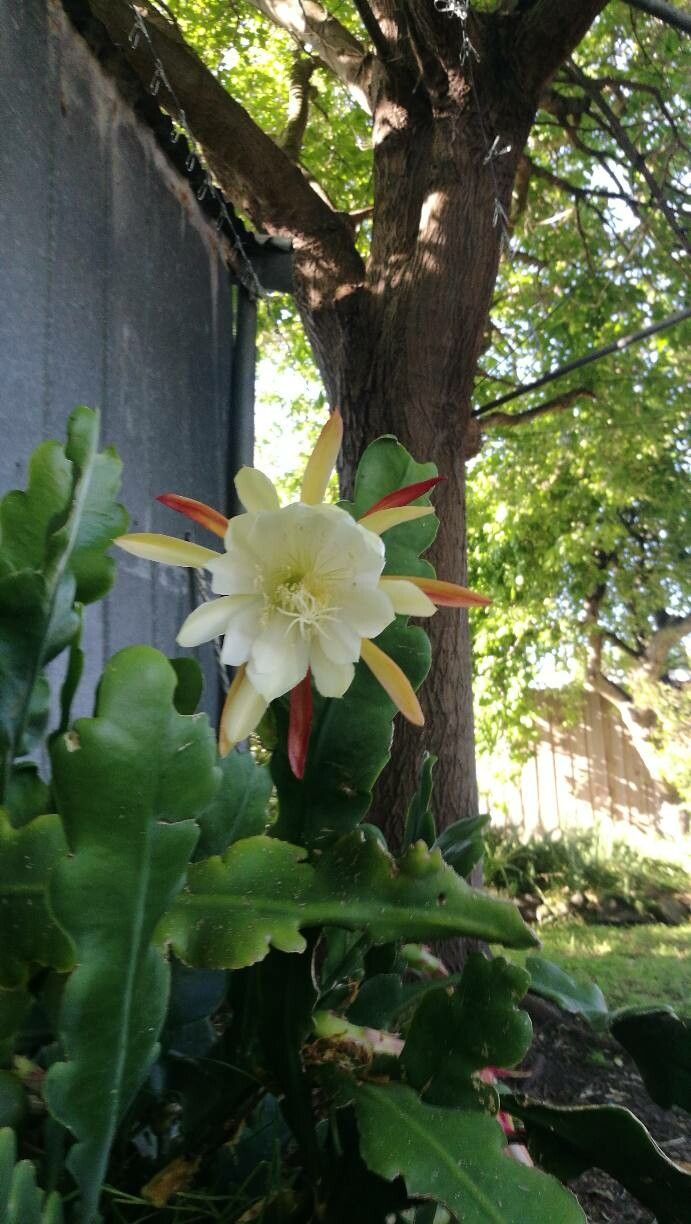Unveiling the Secrets of Moonflower Propagation: How to Share the Night-Blooming Magic
The Epiphyllum oxypetalum, more affectionately known as the Queen of the Night or Moonflower, is a sight to behold. This majestic cactus unfurls its breathtakingly beautiful, fragrant blossoms only under the cloak of darkness, making it a prized possession for any plant enthusiast. If you’re lucky enough to have one gracing your home, you might be wondering how to share the magic – and that’s where the enchanting world of propagation comes in.
Luckily, propagating Epiphyllum oxypetalum is surprisingly straightforward, even for beginners. Let’s dive into two methods that yield fantastic results:
1. Stem Cuttings: A Slice of Success
This is the most popular and arguably the easiest method for propagating your Moonflower. Here’s what you need:
- Sharp, sterilized cutting tool: This could be a pruning shears or even a sharp knife. Sterilization is key to prevent infection in your cuttings.
- Healthy parent plant: Choose a mature stem that’s firm and free of any disease or damage.
- Potting mix: A well-draining mix specifically designed for cacti and succulents is ideal.
- Pot with drainage holes: This ensures proper drainage and prevents root rot.
Let’s get propagating!
- Take the cutting: Carefully cut a 4-6 inch section of the stem from the parent plant. It’s best to take the cutting from the joint where the leaf-like stem segment narrows.
- Callus the wound: Allow the cut end of the stem segment to air dry in a shaded area for about a week, or until a callus forms over the cut end.
- Planting time: Once callused, plant the cutting about an inch deep in the prepared potting mix.
- Patience is key: Water sparingly, only when the soil is dry to the touch. Resist the urge to overwater, as this can lead to root rot.
2. Seeds: A Longer but Rewarding Journey
While less common, Moonflowers can also be propagated from seeds. This method takes longer, but it’s a rewarding experience to witness the entire life cycle of this captivating plant.
What you’ll need:
- Ripe Moonflower fruit: Yes, the flowers produce fruit! After blooming, a red, edible fruit may appear. Allow it to ripen completely.
- Seed starting mix: Choose a well-draining mix specifically designed for seed starting.
- Seed tray or small pots: Choose shallow containers with drainage holes.
- Patience, again! Seed propagation takes time, so be prepared for the long haul.
Your seed propagation roadmap:
- Extract the seeds: Carefully extract the seeds from the ripened fruit.
- Sow the seeds: Surface sow the seeds on the moist seed starting mix, pressing them lightly. You don’t need to bury them.
- Provide warmth and humidity: Cover the tray with a plastic dome or wrap to create a humid environment. Place it in a warm, brightly lit location, out of direct sunlight.
- Stay attentive: Keep the soil consistently moist but not waterlogged.
- Transplant with care: Once the seedlings have developed a few sets of true leaves (this may take several months), you can transplant them into individual pots.
A Final Note of Encouragement
Propagating your Epiphyllum oxypetalum is more than just multiplying your plant collection – it’s about sharing a piece of nocturnal magic. With a bit of patience and care, you’ll be rewarded with even more of these magnificent blooms to light up your nights.

